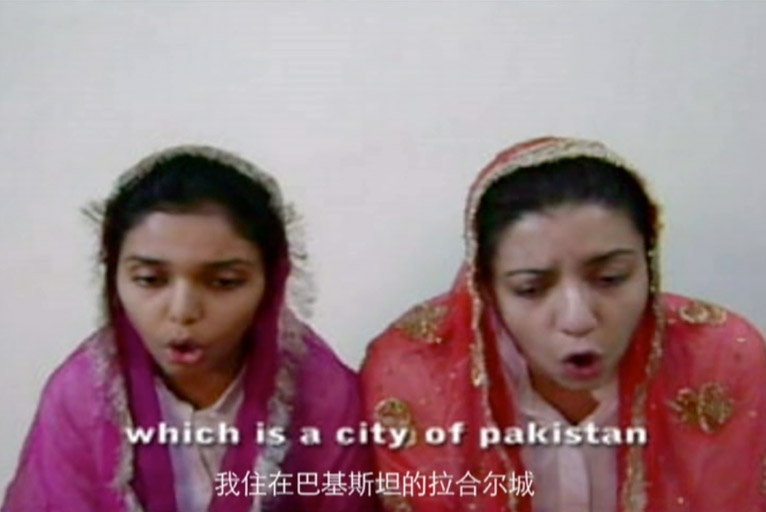THE SECOND TODAY’S DOCUMENTS & HUBEI INTERNATIONAL LACQUER TRIENNIAL
| December 1, 2010 | Post In LEAP 6

The museum system’s function within our contemporary art ecosystem is to aptly reflect a certain national condition. Whether nationally or privately operated, the majority of art museums currently keep to the baseline function of serving as public institutions of art, taking a piecemeal, case-by-case approach to collection and exhibition, and seldom carrying out such social functions as research and education. There exists a notion that an art museum ought to possess a certain degree of academic authority, but just because a museum functions as an exhibition space does not necessarily mean that it meets such expectations. It is not that art museums do not host high-quality exhibitions; in fact, they do. But this often has nothing to do with the hosting museums themselves. In the case of those museums that predominantly rely on renting out space to ease the pressure of operations, a necessary principle of survival is, pragmatically speaking, a certain flexibility of academic standards. We still, in spite of it all, nurture a certain idealism with regard to it. One of the most obvious examples of this: we pay especially close attention to large-scale periodic exhibitions organized by museums, hoping to deduce what, if anything, of a particular institution’s academic mandate remains intact.
Beijing’s Today Art Museum is up to its second “Today’s Documents.” But the most noticeable differences between this and the first edition in 2007 were structural rather than substantive, things like the addition of international curators and artists, and an expansion into several galleries in 798. The sweeping nature of the theme—“Negotiations”—either emphasizes the function of art as a sort of postmodern intermediary, or implies that negotiation of meaning in art can jumpstart cross-cultural communication and exchange, mainly by serving as the artist’s means of reacting to and expressing the outside world. Both readings are based on an acceptance of art’s curative function. When we see an exhibition that has emerged out of what looks like service to the people, our understanding of the one-to-one relationship between artwork and observer is confirmed; we then fail to consider, from a more holistic perspective, the exhibition and its concept. In this light, it is easier to understand why the works of artists like Zhang Xiaogang, Zhang Huan, Chen Wenling, and Arte Povera pioneer Jannis Kounellis have all been arranged together at the entrance to the main exhibition hall.
The Hubei Museum of Art’s International Lacquer Triennial continues in the same spirit with its own motif of “negotiation.” The curators of this newly established provincial museum have carefully and thoughtfully worked within the triennial framework to develop and promote a craft (lacquer) representative of an ancient local civilization (Chu Culture). But when it comes to the overall visual experience of the exhibition, there is a division over how to understand the medium itself: is lacquer an industrial craft, or can it be used in conceptual creation? Many participating artists have identified the traditional lacquer craft as a means of spiritual cultivation; are these artists, at their core, going through a sort of negotiation as well? In this postmodern context, this craft medium has undergone a conversion from physical functionality into the metaphysical dao of traditional Chinese art. But there is just one more thing that must be clarified: what is the element of “compromise” inherent in artistic negotiation there for? Is it something generated from within the arts, or does it originate from the outside world? Perhaps these are questions that relate back, yet again, to the state of the museum system in China; or perhaps there is something more here. Regardless, as far as we are concerned, one more of this kind of exhibit is better than one less. Sun Dongdong

